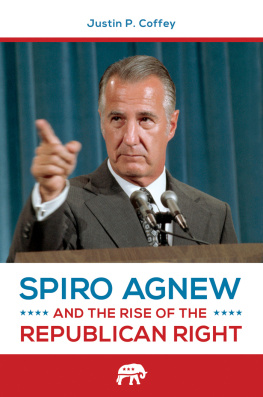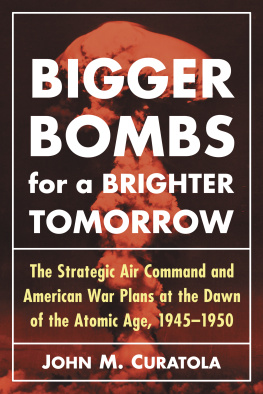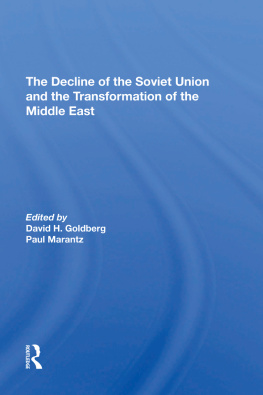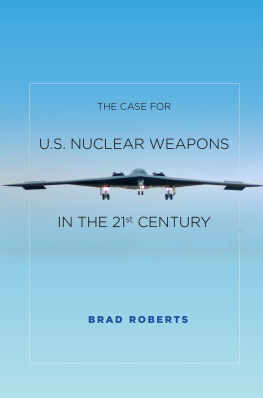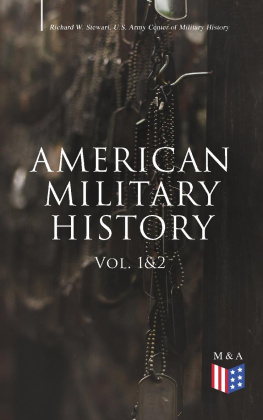AMERICAN ARSENAL
PATRICK COFFEY
AMERICAN ARSENAL
A Century of Waging War


Oxford University Press is a department of the University of Oxford.
It furthers the Universitys objective of excellence in research,
scholarship, and education by publishing worldwide.
Oxford New York
Auckland Cape Town Dar es Salaam Hong Kong Karachi
Kuala Lumpur Madrid Melbourne Mexico City Nairobi
New Delhi Shanghai Taipei Toronto
With offices in
Argentina Austria Brazil Chile Czech Republic France Greece
Guatemala Hungary Italy Japan Poland Portugal Singapore
South Korea Switzerland Thailand Turkey Ukraine Vietnam
Oxford is a registered trade mark of Oxford University Press
in the UK and certain other countries.
Published in the United States of America by
Oxford University Press
198 Madison Avenue, New York, NY 10016
Patrick Coffey 2014
All rights reserved. No part of this publication may be reproduced,
stored in a retrieval system, or transmitted, in any form or by any means, without the
prior permission in writing of Oxford University Press, or as expressly permitted by law,
by license, or under terms agreed with the appropriate reproduction rights organization.
Inquiries concerning reproduction outside the scope of the above should be sent
to the Rights Department, Oxford University Press, at the address above.
You must not circulate this work in any other form
and you must impose this same condition on any acquirer.
Library of Congress Cataloging-in-Publication Data
Coffey, Patrick.
American arsenal : a century of waging war / Patrick Coffey.
pages cm
Includes bibliographical references and index.
ISBN 978-0-19-995974-7
1. Military weaponsResearchUnited StatesHistory.
2. Military weaponsUnited StatesHistory20th century.
3. Weapons systemsUnited StatesTechnological innovationsHistory.
4. InventorsUnited StatesHistory20th century.
5. Military researchUnited StatesCase studies.
6. History, MilitaryUnited States20th century. I. Title.
U393.C545 2014
355.80973dc23 2013015070
1 3 5 7 9 8 6 4 2
Printed in the United States of America
on acid-free paper
To Ellen
CONTENTS
AMERICAN ARSENAL
I began to think about this book while writing a book on the history of science, a book that described the intersection of science and war including chemical warfare, submarine detection, and the atomic bomb. C. P. Snow spoke of a divide between scientists and nonscientists, and that has certainly been evident in weapons development. But Americas defense efforts are divided in other ways as well, and the rifts have become more evident in the limited wars America has fought since World War II. Both nonscientists and scientists put too much faith in technology, politicians did not understand the militarys commitment to victory, military officers saw politicians as hacks worried about reelection, and everyone blamed defense contractors for inflated budgets. All participants were driven by both higher motives (patriotism, loyalty to their service branches, saving lives, and the advancement of human knowledge) and baser motives (career advancement, glory, and profit). Military officers, scientists, politicians, and businessmen have often spoken past one another, and the results have been usually inefficient and sometimes fatal.
Military technology has always been important, but the outcome of nineteenth-century wars did not depend on new weapons being developed while the war was under way. World War I was different. Scientists and inventors were active participants, developing new poison gases, airplanes, tanks, and submarine detectors that influenced the course of the conflict. That trend accentuated in World War II, where the Germans introduced rockets, jet propulsion, and nerve gas, and the Americans and British invented radar, napalm, and the atomic bomb. In that war, technology determined the outcomeif Hitler had possessed an atomic bomb in 1942, the war would have ended on his terms.
Americas military focus changed with the twentieth century. Before 1917, the United States had limited its foreign wars to the Western Hemisphere and the Pacific, and the United States had followed Thomas Jeffersons advice to avoid entangling alliances in Europe. That changed when Wilson sided with England and France after World War I had been deadlocked for more than two years. America had a good navy and almost no army at all, but in less than eighteen months, its citizen-soldiers and industrial might tipped the balance against Germany and Austria. Then, for twenty years, the United States returned to isolation. America demobilized and ignored the rise of Nazism, Fascism, and Japanese militarism until shortly before Pearl Harbor, when President Roosevelt began to prepare for United States entry on the side of England and the Soviet Union. After that war, America has remained entangled abroad in ways that might have appalled its founding fathers.
The transformationfrom isolationist state to superpowerhas been unplanned, undesired by many, and enormously expensive. It was also inevitable. The change is too large for a comprehensive history, and this book describes it selectively. It begins in 1917, when Progressivism was the political movement of the day. Progressivism was neither isolationist nor expansionist, neither Democratic nor Republican: Woodrow Wilson, Theodore Roosevelt, Robert La Follette, Josephus Daniels, and William Jennings Bryanvery different in their ideologies and politicsall claimed the label progressive. They favored regulations of railroads and banks, child labor laws, and workplace safety regulations, and they brought those same high-minded attitudes to war. When America entered World War I, many claimed that it did so with only good intentions, and that the nations Progressive ideals would save lives because the United States, fighting on the side of democracy, would shorten the war.
Americas academic scientists were not up to European standards in 1917, but the nation was proud of its inventors, such as Thomas Edison and Henry Ford. They made practical things that people wantedtelephones, electric lights, motion pictures, and automobiles. Americas inventiveness, combined with its Progressivism, meant that the nations weapons should be both innovative and lifesaving, and the century would see repeated claims along those lines. Americas use of poison gas was humane, because gassed soldiers died from its effects less often than did soldiers who suffered wounds from high explosives or shrapnel; the Norden bombsight was so accurate that bombers could destroy factories and rail yards without hitting workers homes; atomic bombing of Hiroshima and Nagasaki made an invasion of Japans home islands unnecessary and saved a million American casualties; the Strategic Defense Initiative would shield America from nuclear attack; smart bombs would find the ventilator shaft of an enemys command center and leave a hospital across the street undamaged; and the operator of a drone aircraft could sit in a cubicle, hovering, watching terrorists, striking only when nocivilians would be hurt. As will be seen, some claims proved more accurate than others.
Each of this books chapters illustrates the unplanned nature and the unintended consequences of Americas military transformation. All history is selective, this book more than most. I have emphasized weapons and strategy over foreign policy, and have chosen stories that have, in my view, been undertoldthe plan for all-out nuclear attack against the Soviet Union, for example, rather than the Cuban missile crisis. Subjects include submarines, chemical weapons, strategic bombing, atomic and hydrogen bombs, the nuclear standoff with the Soviet Union, the missile race, the Reagan-era Strategic Defense Initiative, smart bombs, the M-16 rifle, handheld antiaircraft missiles, and unmanned aerial vehicles. Some patterns emerge, and I go into most detail about chemical weapons, strategic air power, and nuclear weapons.
Next page


